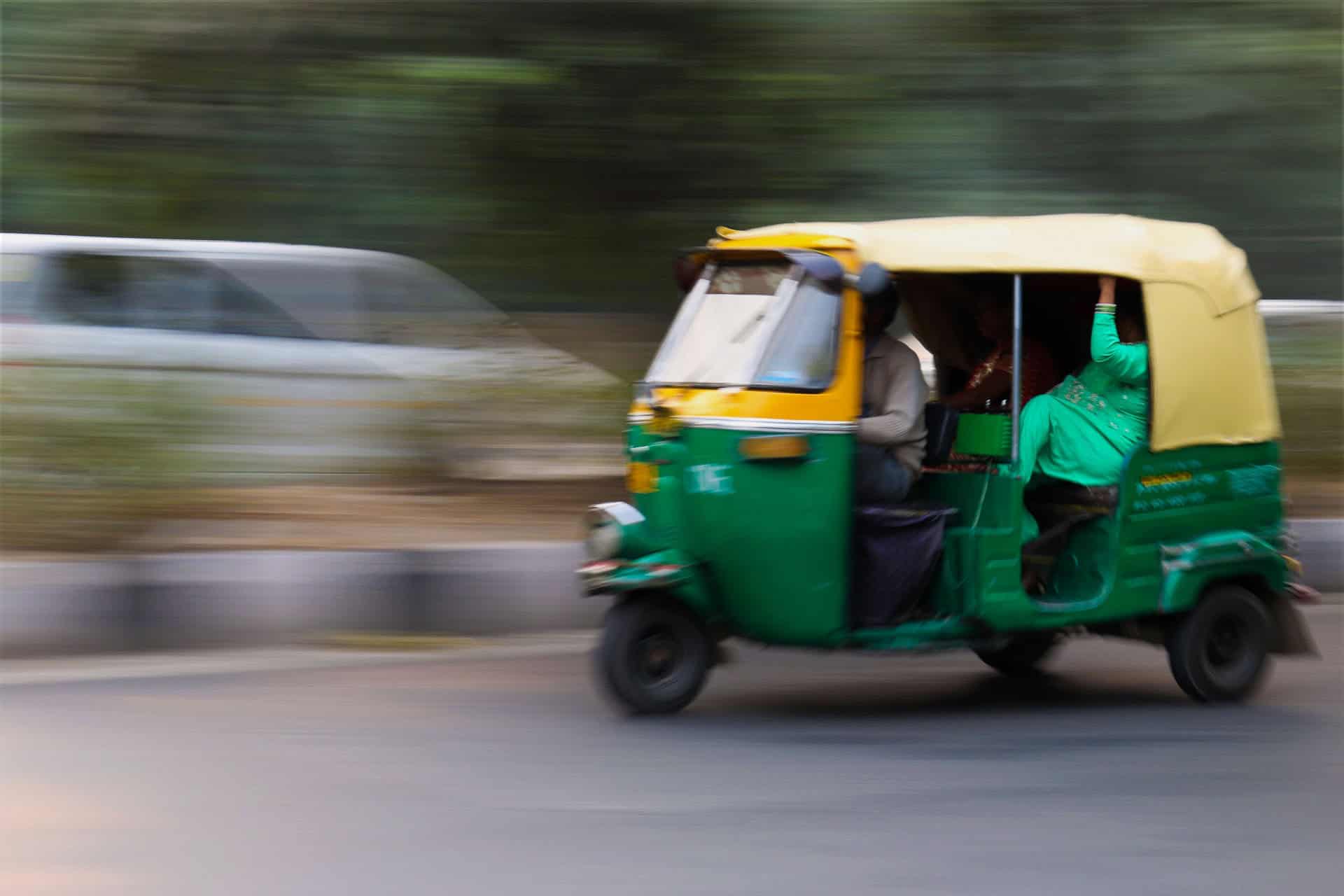
In Italy, there are scooters everywhere, in Amsterdam, people love their bikes, and Thailand has its tuk-tuks. Over in India, there are rickshaws by the thousands. These low cost people movers are now being converted to low cost electric vehicles by the thousands, with over 1.5 million battery-powered electric rickshaws already zipping silently around the country. This is the electric vehicle revolution you’ve probably never heard of.
The mass adoption of electric rickshaws is being driven by pure economics as rickshaw operators opt for the silent, low maintenance, lower cost to operate electric rickshaws over petrol or manual cycle rickshaws because it’s just good business. Compared to a cycle rickshaw, an electric rickshaw enables the operator to give more rides per day, which translates to more profit.
On the other hand, the lower cost per mile of the electrified rickshaws compared to their petrol powered friends means all those extra rides come with a lower operating cost per kilometer which also translates to more cash in hand at the end of the day.
These economics have been true for quite some time, but what has really enabled electric rickshaws to take over in recent years is the falling cost of lithium ion batteries. Electric cars require thousands of batteries and they are singularly responsible for the more than doubling of the world’s production capacity of lithium ion batteries in just the last 3 years.
That scale, combined with technological improvements and changes to the chemical composition of lithium ion batteries, have helped lower the cost to the tune of 7-8% each year. The plummeting cost of batteries has made the electrified rickshaws much more attractive financial propositions and have made the electrification of 2- and 3-wheel electric vehicles a priority for the country.
“This is a once-in-a-lifetime, transformational opportunity that we’re looking at,’’ said Goldie Srivastava, chief executive officer and co-founder of SmartE, a rickshaw ride sharing app with around 800 e-rickshaws serving New Delhi. “When we look at electric mobility, the focus should be: Are you as a government enabling products that are designed for the future?’’
The Ministry of Finance in India is working to finalize a plan to invest $600 million over the next five years to establish the backbone of electric vehicle infrastructure in the country. The funds will go towards new electric bus subsidies and to improve the public plug-in vehicle charging infrastructure across the country.
BNEF estimates that India has a total of less than 500 public chargers at present, which is little more than a handful of pilots for a growing country of over 1.3 billion. More work is needed on public electric vehicle charging infrastructure, as a recent BNEF report noted that even with the new government program, the number of charging points will only reach 2,800 by 2022. The difficulties in deploying the public charging infrastructure required for private vehicles highlights the opportunity for 2- and 3-wheel electric vehicles, and supports their success to date.
“India needs to focus on electrifying two-wheelers and three-wheelers,’’ said Amitabh Kant, chief executive of NITI Aayog, a government policy institute developing solutions for new energy technologies. These smaller vehicles don’t require the larger, higher amperage, higher cost charging hardware that private electric vehicles need to charge and can simply plug into any normal wall outlet to recharge.
Combined with the better cost of operation, easier charging is just one more reason these compact personal electric vehicles could prove to be the best way for the people of India to slash their emissions and take ownership of their local air quality.
